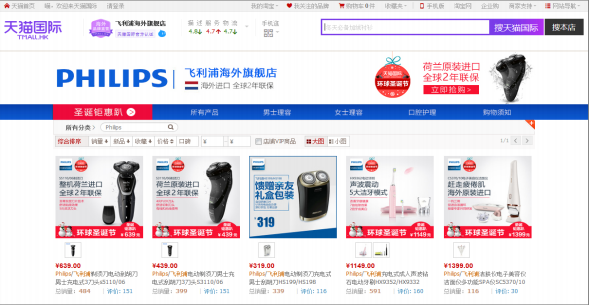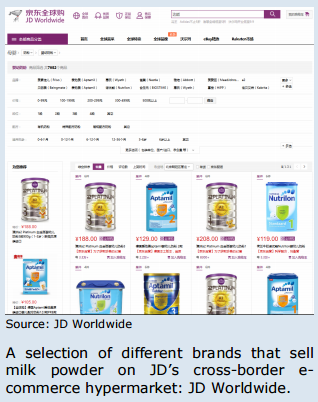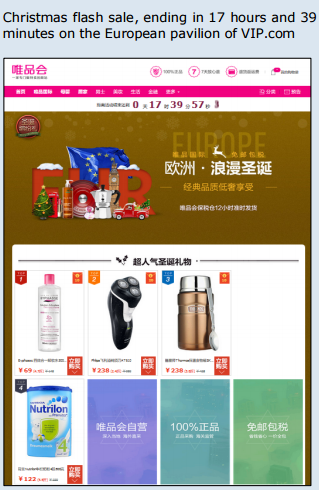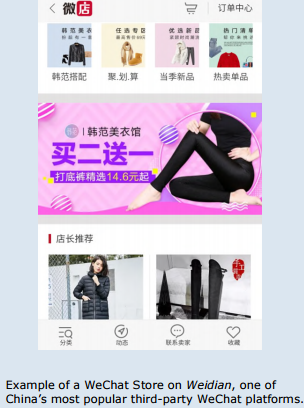The Key Opinion Leader (KOL) market in China is massive – not only in terms of revenue, but also the tremendous number of influencers available for brands home and abroad. To help companies better plan their digital KOL strategy, AdMaster and Weboyi.com released the 2017 China KOL report this month. Here’s what you need to know.First of all, when it comes to social media marketing, KOL is the main focus for most of the brands, for 63% of them to be exact. Setting up and operating a WeChat account is also important (49%). Brands also express their interests in Social CRM and live-streaming. Surprisingly, Weibo is losing its glory: only 22% of the respondents show interest.
As KOL marketing is gaining more and more attention, the cost of running campaigns increases exponentially. On Weibo, the price of influencer marketing in Q4 2016 increased over 7 times compared to Q1. On WeChat, the price of hiring KOLs in the cosmetics industry grew the fastest: more than 300% increase throughout last year! On both platforms, the price for the baby care industry increased the least.
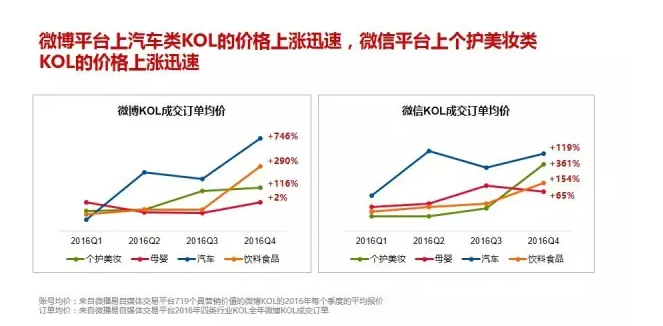
Of course the high effectiveness of KOL marketing in China boosted the price. Nonetheless, it’s estimated that 69% of the statistics has been ‘marked-up’. Shuijun(水军), or unqualified followers, are hired by some influencers to fake up the number of views, likes or reposts of a social media post.
Facing the challenges, how should brand choose the most suitable KOL for them? The report offered us a selection funnel:
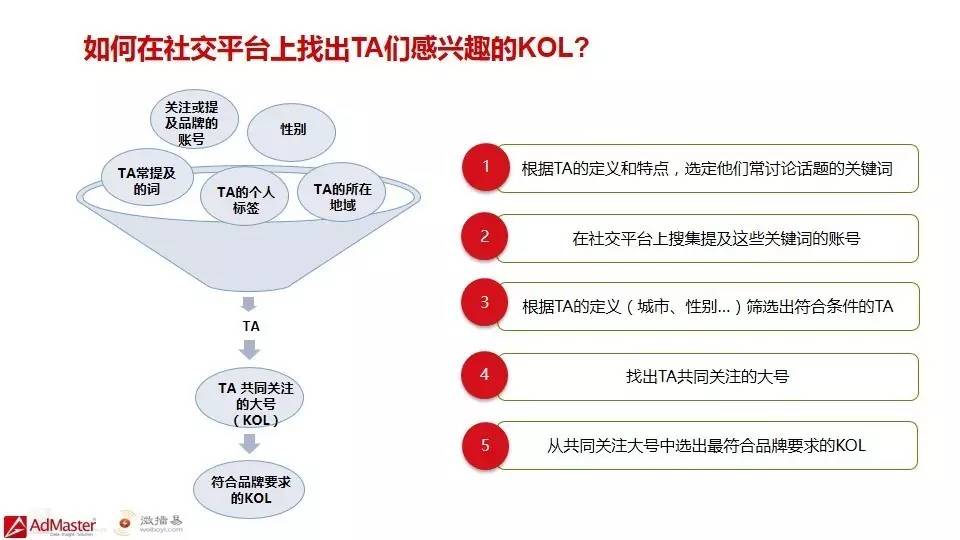
Step 1: Find out a few topics that your target audience would mostly be interested in.
Step 2: Search these topics on social platforms.
Step 3: Check out the users who are posting about these topics. You can filter by location, gender…
Step 4: List out which KOLs are these users following in common.
Step 5: Choose from the list of KOLs according to your product, budget and more.
In addition, digital KOL strategy differ when it comes to different industries. For example:
- Cosmetics companies tend to invest the most in KOL marketing. Many of them are working with KOLs with over 500K followers.
- Automobile and baby care tends to work with KOLs on Weibo.
- Food providers often adopt a ‘cross-over’ strategy by working with KOLs from fashion, lifestyle, entertainment and comedy etc.
In the next few years, KOL will still be one of the most effective digital marketing channels in China. At the same time, it’s also evolving new social trends:
- The new era of ‘social video’. As Apps for live-streaming and short video becomes popular in China, social video campaigns will serve both branding and conversion purposes.
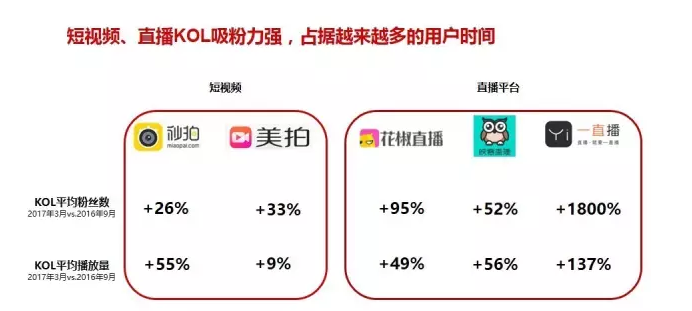
- Influencers on specialty marketplaces. Red (小红书), one of the most trending ecommerce platform in China, is working with KOLs to write about and recommend fashion products. This strategy has tremendously boosted user interaction.
- Vertical platforms will be the next battlefield for brands. From 2015 to 2016, the numbers of KOL ads on Weibo and Wechat has decreased by 65%; while on vertical platforms (e.g. live-streaming), the number grew by more than a half.
- KOL marketing for sales. Before, brands collaborate with KOLs mainly for branding purposes. Nowadays, more and more platforms are enabling users to not only view posts, but also purchase directly. More and more brands now are using influencers for sales generation.
Digital KOL marketing is still a relatively new marketing channel in China. For international companies, it’s particularly important to do your market/consumer research to find the right influencers and the right channels.
AgencyChina can help you narrow down your best digital marketing strategy and help execute great KOL campaigns! Get in touch today!




